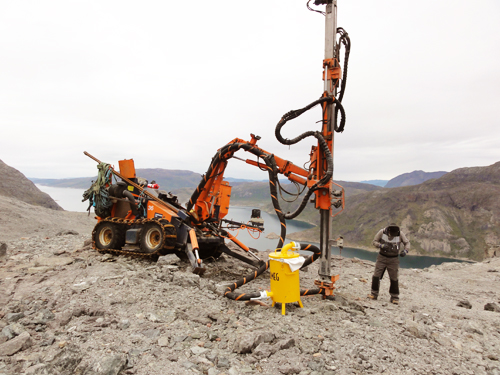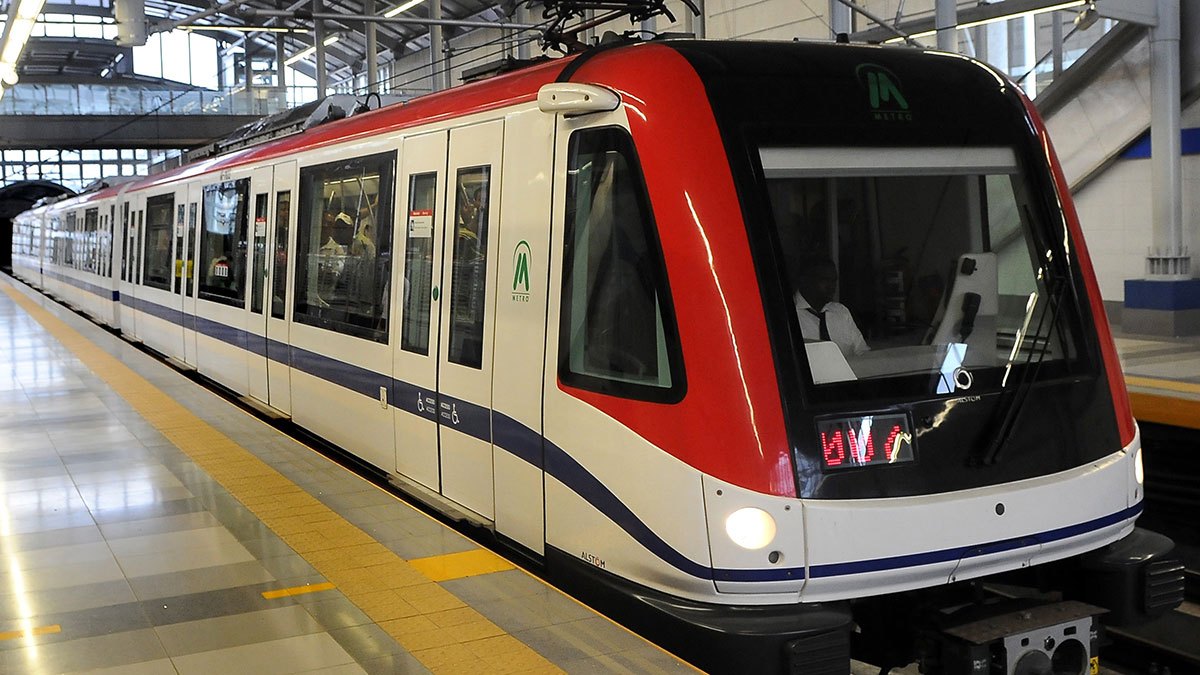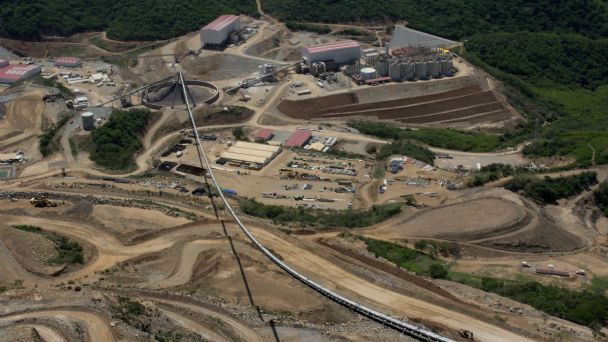
Rare earth elements (REEs) continue to be a hot topic. This group of 17 chemically similar elements crucial to the manufacture of many hi-tech products is causing international supply headaches. China currently produces about 90 percent of the world’s rare earths and produces more than 70 percent of the world’s rare earth magnets - neodymium in particular is used to make smaller, more efficient and more powerful magnets used in loudspeakers and computer hard drives. In order to curb environmental degradation and protect resources, China has set output ceilings, export quotas and stricter emissions standards as well as high resource taxes for some ores. By restricting exports and driving up prices China can effectively force companies to manufacture devices that need to incorporate rare earths in its own factories. However, the World Trade Organization ruled that China’s export duties, quotas, and administration of rare earths, tungsten and molybdenum products were inconsistent with WTO rules.
A viable, reliable and politically neutral source of rare earths needs to come on stream soon, and the more accessible it is to global industrial markets the sooner will China’s stranglehold on these critical minerals be broken. They’ve recently discovered large deposits in Afghanistan, but who wants to start a mining operation there? Enter Greenland, where the largest REE deposit outside of China itself has been under development by the mining company Tanbreez, which under the leadership of the vastly experienced Australian geologist Greg Barnes has invested more than $40 million dollars in developing a world class deposit that will be a significant resource for many generations.
The ‘ree’ in Tanbreez stands for the rare earths, while the rest of the name is made up from the chemical abbreviations for associated minerals tantalum, niobium and zirconium. All of these are sought after as new uses are found for them in, among other things, electronics, alloys, mobile devices, car exhausts and green power generation applications, however one feature of the Tanbreez deposit is the large proportion – 30 percent – of the more eagerly sought after heavy rare earths that it contains such as dysprosium, used in lasers and commercial lighting.
Despite their name, many of the rare earth elements are quite plentiful around the world. However, the forms in which they occur in the earth’s crust are often not concentrated enough to be economically viable to recover. That is certainly not the case at the Kringlerne deposit in southern Greenland which is probably the largest rare earth deposit in the world – certainly large enough to disrupt the market. The ore that is mined, called kakortokite, is easy to separate into three constituent concentrates; whitish feldspar, black arfvedsonite and red-coloured eudialyte; in a chemical-free magnetic process that will be carried out on site. There are many industrial uses for feldspar; eudialyte holds the REEs and will be shipped out for further processing; while arfvedsonite is attractive when polished and used by some as a mystical stone, it has no bulk value, though that may be about to change.
The mining project will consists of an open mine pit, a processing plant, a port (including a helipad), a mine camp and internal connecting roads. A tailings deposit is part of the mine plan, and there is no doubt that this is an element that would need careful management and eventually remediation. Unless a better way can be found, that is. Hans Kristian (Hank) Schønwandt is a consultant to Tanbreez: he used to lead the Bureau of Minerals and Petroleum (BMP, now MLSA), and understands better than most the balance between Greenland’s economic needs and its unique environment. “Once the mineral-bearing eudialyte and the feldspar have been separated out, there remains a black residue called arfvedsonite, and this would have to be contained in tailings dumps. However the Danish Technological Institute has done some research into the use of arfvedsonite as a substitute for sand when making bricks and roof tiles.”
It makes a lighter and stronger product, he says, with excellent load bearing qualities: if adopted by the building trade it would mean that all of the material taken from the pit could be taken away and sold. That is a fact that is very important to the Greenlandic authorities, who are deeply concerned that the arrival of large scale mining could degrade the unique landscape, pollute the waters around the coast, and leave undesirable residues.
The only thing now holding up the construction of a working mine and processing plant is the granting of an exploitation licence. On 21 March 2012, Tanbreez submitted to BMP a draft application for an exploitation licence covering rare earth elements and feldspars. Since then the process has been delayed, as the Greenland government works through the process of formulating new legislation to cover mining activity. One problem with this, in the opinion of Hank Schønwandt, lies in the vey uniqueness of Greenland’s geology.
Kakortokite is named after Qaqortoq, the nearest settlement to Tanbreez, precisely because it in a mineral not found anywhere else. The legislation, he thinks, should be framed to reflect the reality on the ground, rather than trying to make the deposit fit the legislation! Recent drilling at the site has shown that it contains at a deeper level other REE-bearing structures that may include different minerals, but each time a variation is detected the situation changes. However it should be borne in mind that no part of the deposit contains significant uranium or thorium – a factor that delayed other projects in Greenland until it lifted its zero tolerance policy to radioactive materials less than a year ago.
Thanks to the benign processing method and the fact that the deposit adjoins a natural harbour, which can take large ships all the year round, it will have very little impact on the physical environment, says Greg Barnes. “A hydro-electric line runs close to the ore body so we will be able to get all the power we need and there is no lack of water.” The impact on the local population will be considerable, but all positive. “All the labour we are likely to want is available locally. We aim to operate with a maximum of local workforce in all job categories too.” With the exception of key managerial and professional positions, all positions will be offered to local workers, he promises.
Around 30 to 40 workers will be needed once construction starts, rising to a maximum of 140 at peak times over the two years it will take to complete the work. Once operational the project will support almost 100 jobs, and in a country with only 60,000 inhabitants that is a real social contribution.



 Tanbreez-Greenland-Mining-Oct14-Bro-s.pdf
Tanbreez-Greenland-Mining-Oct14-Bro-s.pdf









